Lifespans of household items
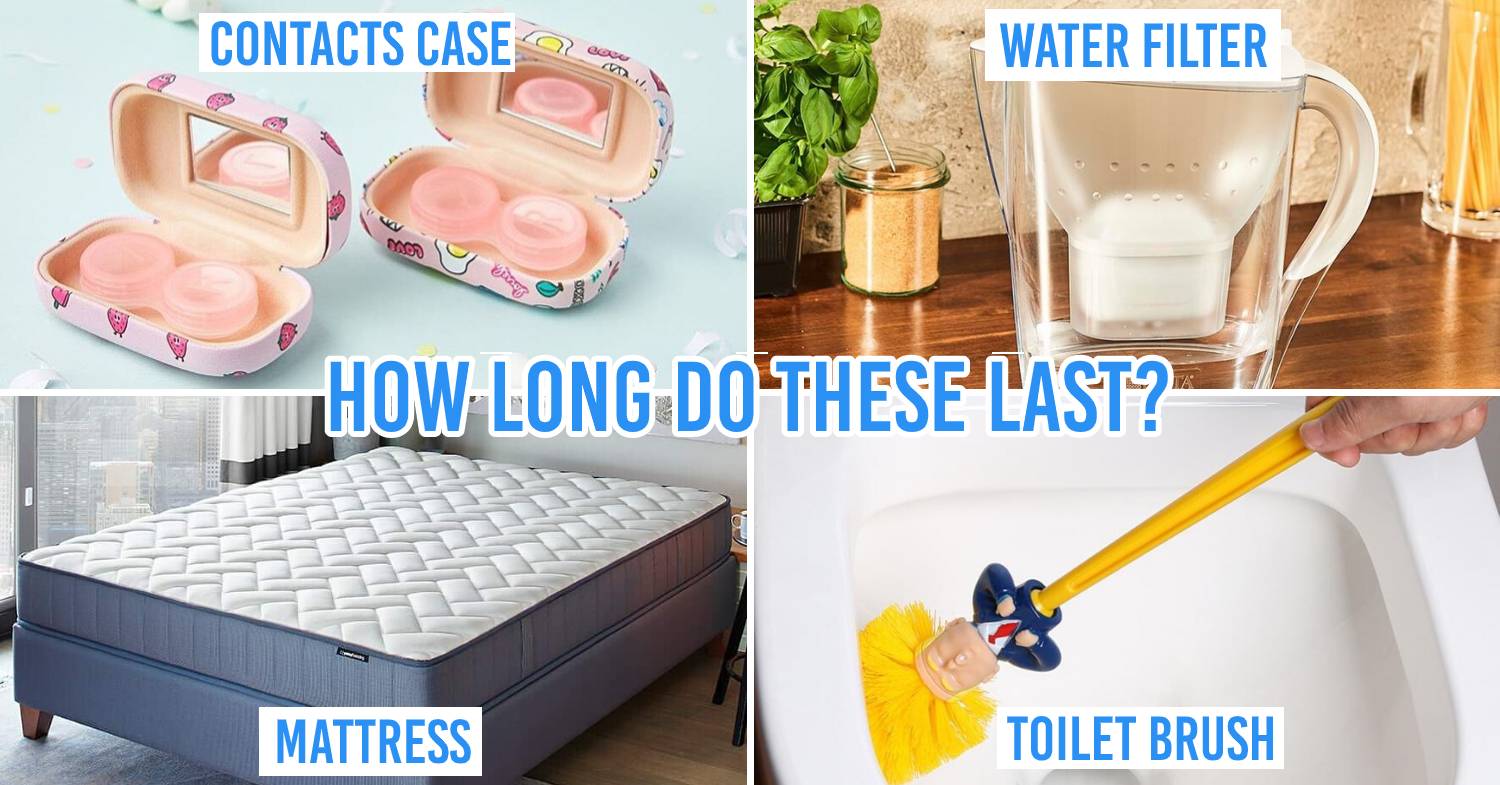
Image adapted from (clockwise from top left): @go_seoul_mart, @brita.suomi, @45th_flush & @yatasbeddingmagyarors
Keeping your house clean can be a challenge if you’re not used to doing the deed yourself. On top of tasks like sweeping, mopping and laundry, there’s also a whole list of household items that actually hold a ton of bacteria and need to be replaced and cleaned regularly. And we may be none the wiser to it.
Maybe we never learned it from our parents who were stretching the use of household items to save money or we simply forget to change them. Whatever the reason, here’s a list of 14 household items and how often they need to be replaced to help you up your homemaking game and above all, improve the hygiene of your living space.
Check out other related articles here:
- House cleaning services for busy Singaporeans
- HDB cleaning tips to get rid of lizards, cockroaches & ants
- Cleaning hacks for Singaporean married couples
– Toilet –
1. Bath sponges
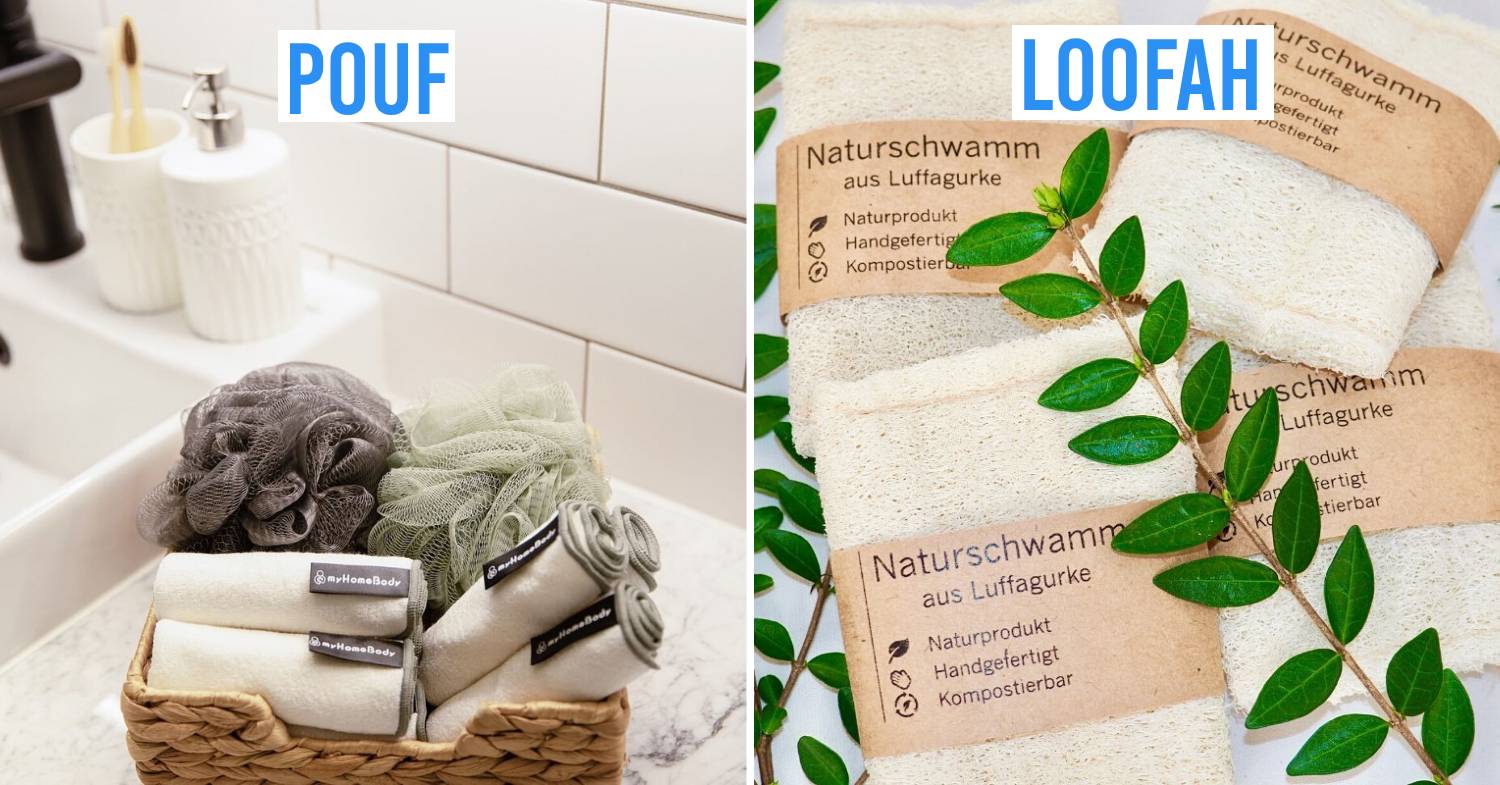
Image credit: @showerbouquet_loofahs & @joso_eco
Most of us who use scrubs and sponges in the shower are probably guilty of not replacing them as often as we should. It may seem like they don’t need to be cleaned or replaced since they’re used with soap and water. But over time, they collect body oil, dead skin cells, bacteria, and may even grow mould.
Loofahs, which are made of natural materials and are biodegradable, should be replaced every 3-4 weeks. On the other hand bath poufs, which are usually made of synthetic materials like plastic can last longer up to 8 weeks. However, if they start to smell or you notice any mould, replace them immediately.
A way to keep your sponges clean and possibly last a little longer is to soak them in bleach for around 5 minutes and rinse thoroughly, or throw them into the washing machine for a gentler solution. This should be done at least once a week.
To replace after: 3-4 weeks for loofahs and 8 weeks for sponges
2. Contact lens cases
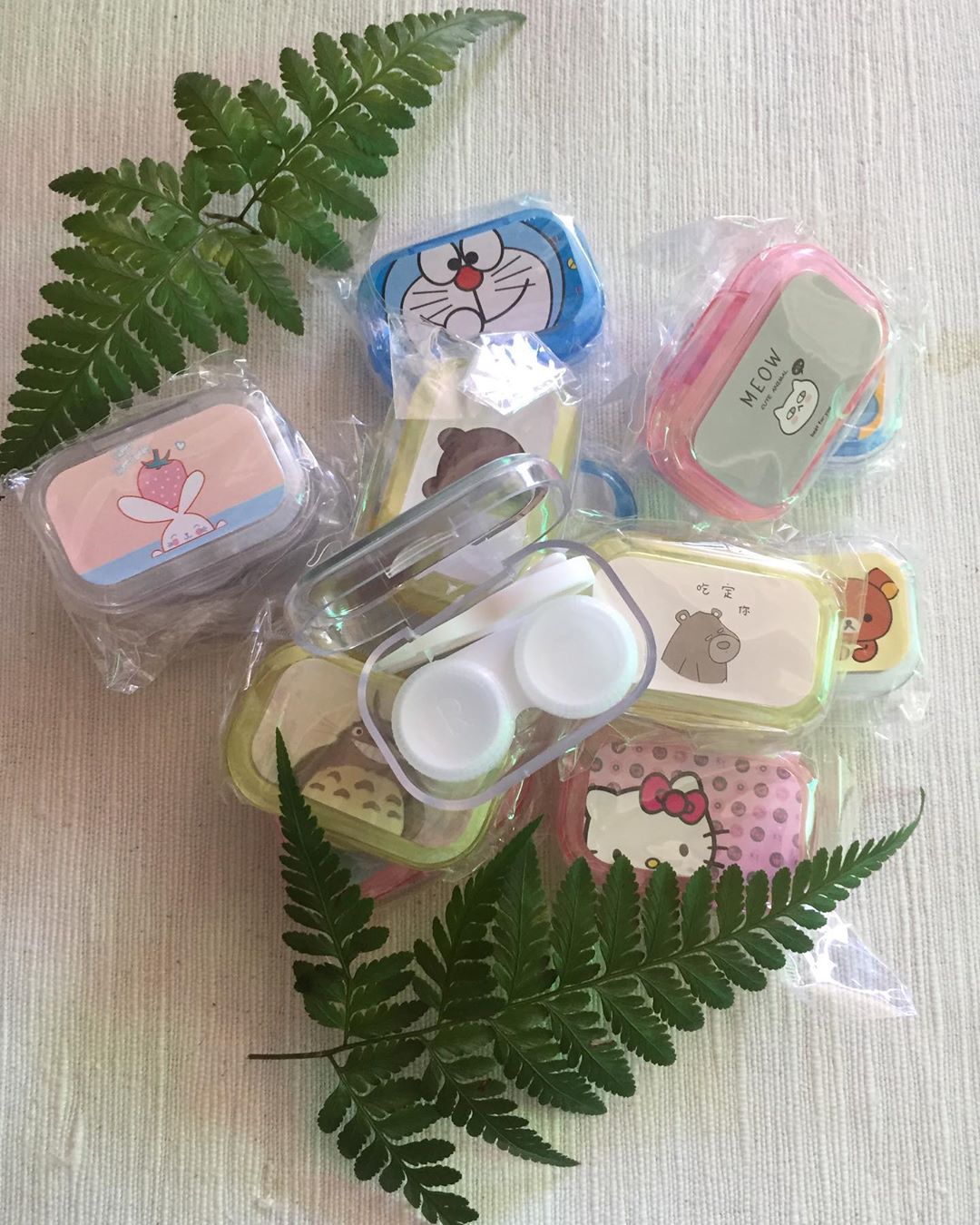
Image credit: @naddirins
One of the things any responsible optometrist should tell you when you get your very first pair of contact lenses is to replace your contact lens case every 3 months. But let’s be honest, whether we were told to do that or not, many of us are guilty of using our cases for far longer than we’re supposed to.
You might want to start changing this habit because it can cause eye infections. Even if you responsibly change the disinfecting solution in the case everyday, bacteria can produce a biofilm that helps make it resistant to disinfectants.
Besides that, make sure to only use disinfecting solutions to rinse your case everyday and never use tap water as it contains a ton of microbes. Always let it air dry face down with the caps off.
To replace after: 3 months
3. Toothbrushes
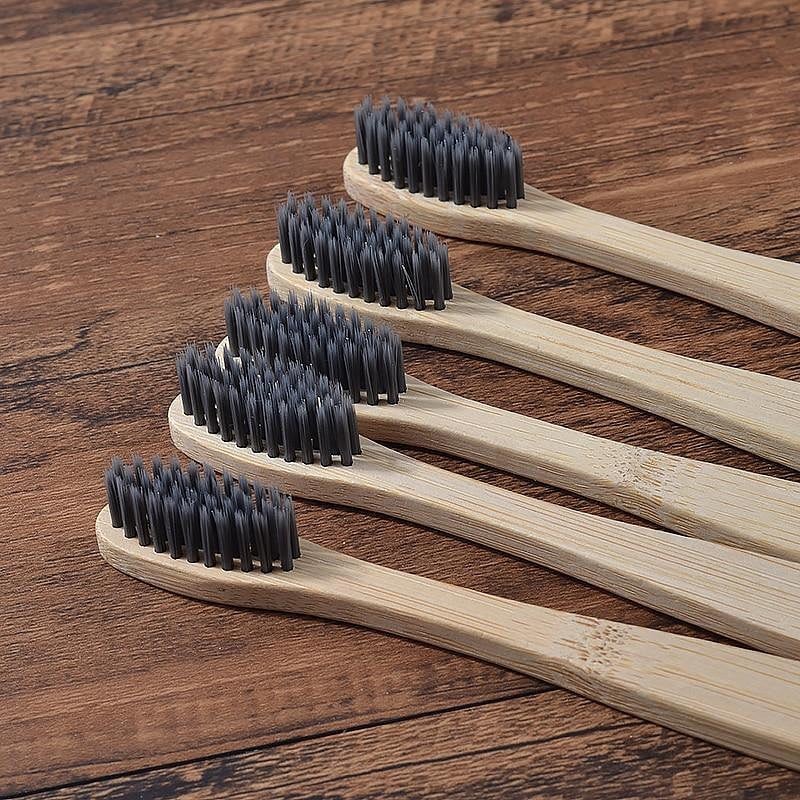
Image credit: @homeshoppingdealsofficial
Most of us don’t change our toothbrushes until we lose them, or its bristles get bent out of shape. This means we could be using the same toothbrush for 6 months or more, which is enough to make any dentist shudder.
The recommended lifespan by dentists for any toothbrush is only 3 months to prevent bacteria buildup on its bristles. So you should toss it out even if it’s still in good condition. And no, you’re not exempted if you use an electric toothbrush – just replace the head once it nears the 3-month mark.
To replace after: 3 months
4. Toilet brushes
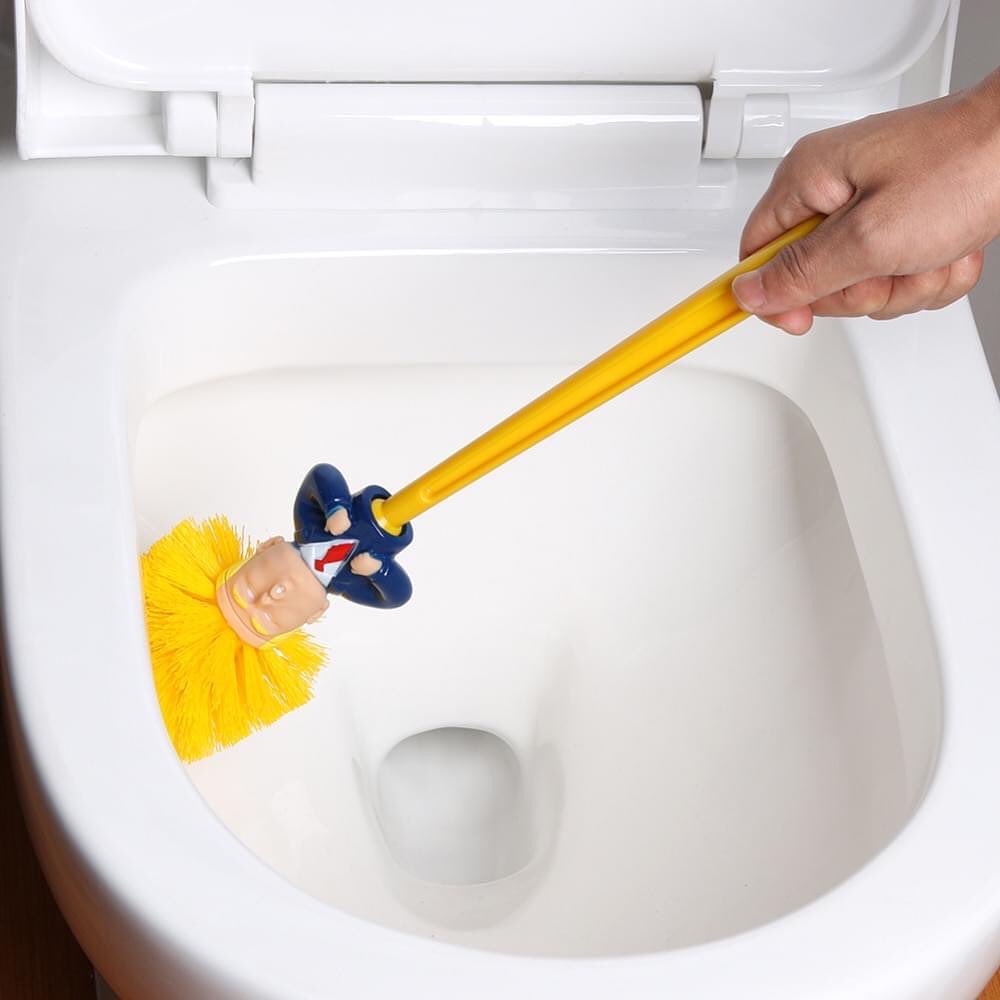
Image credit: @45th_flush
As something that’s used to clean the nasties inside of a toilet bowl, it’s surprising how many of us never think to replace toilet brushes. If you don’t already know, toilet brushes should be replaced every 6 months. You might have to replace it more frequently, depending on how often you use it or if it starts to look grimy even before 6 months.
Beyond that, you should also be disinfecting toilet brushes after every use to ensure that it doesn’t become a nest for germs. Just soak it in disinfectants like rubbing alcohol or bleach and rinse with hot water afterwards.
To replace after: 6 months
– Kitchen –
5. Dish sponge
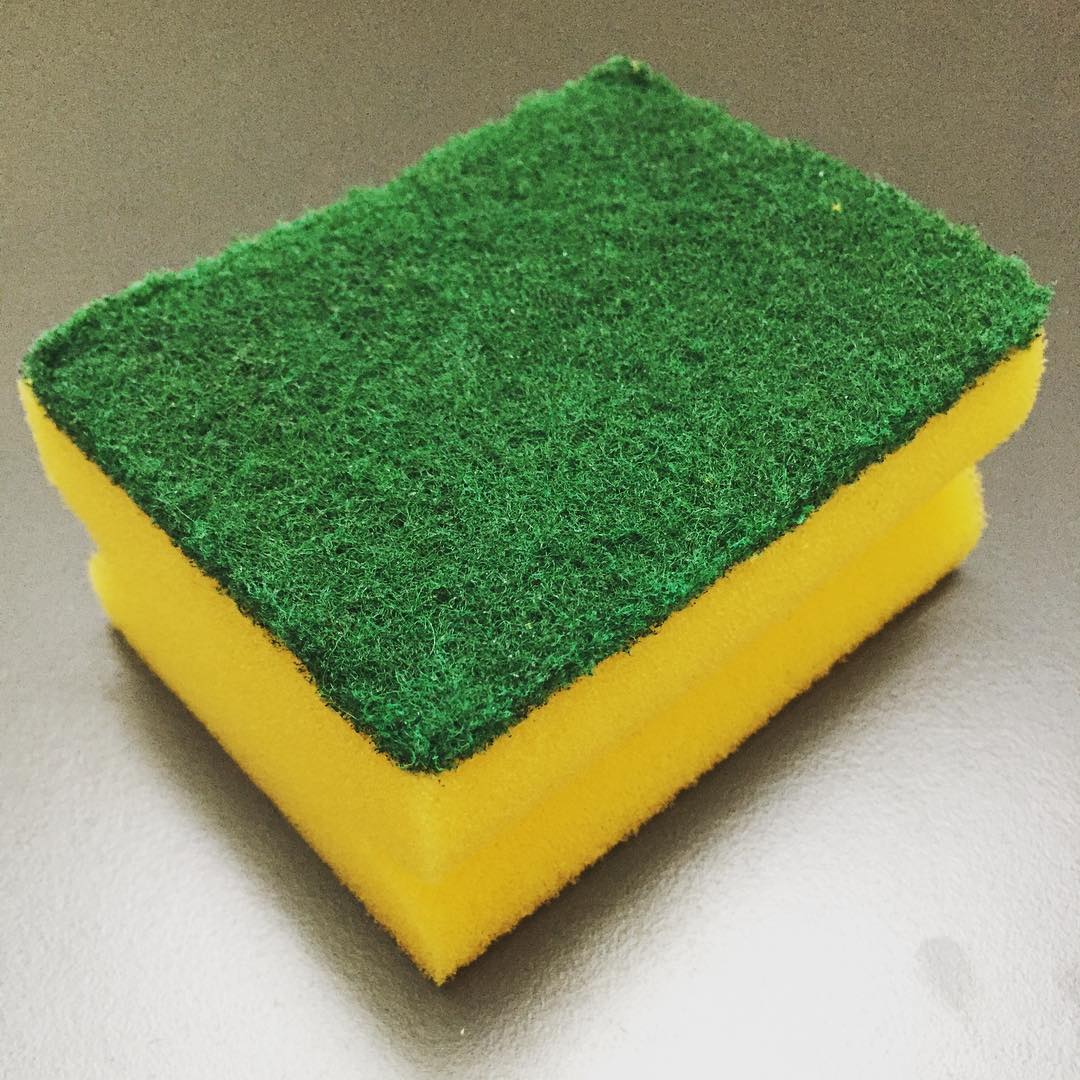
Image credit: @dish_sponge
Since dishwashers are not a common appliance used in Asian households, we have to rely on good ol’ fashioned soap and sponges. But after daily washing of everything from dishes to utensils, they’re actually one of the nastiest breeding grounds for bacteria in our homes.
Disinfecting it every other day in hot water or in the microwave helps a little, but not enough for you to extend its lifespan. Just stick to throwing it out every 2-3 weeks to maintain cleanliness in your kitchen and reduce the spread of germs.
Thrifty tip: Cut the sponge in half and use one side at a time to make one sponge last longer.
To replace after: 2-3 weeks
6. Water filters
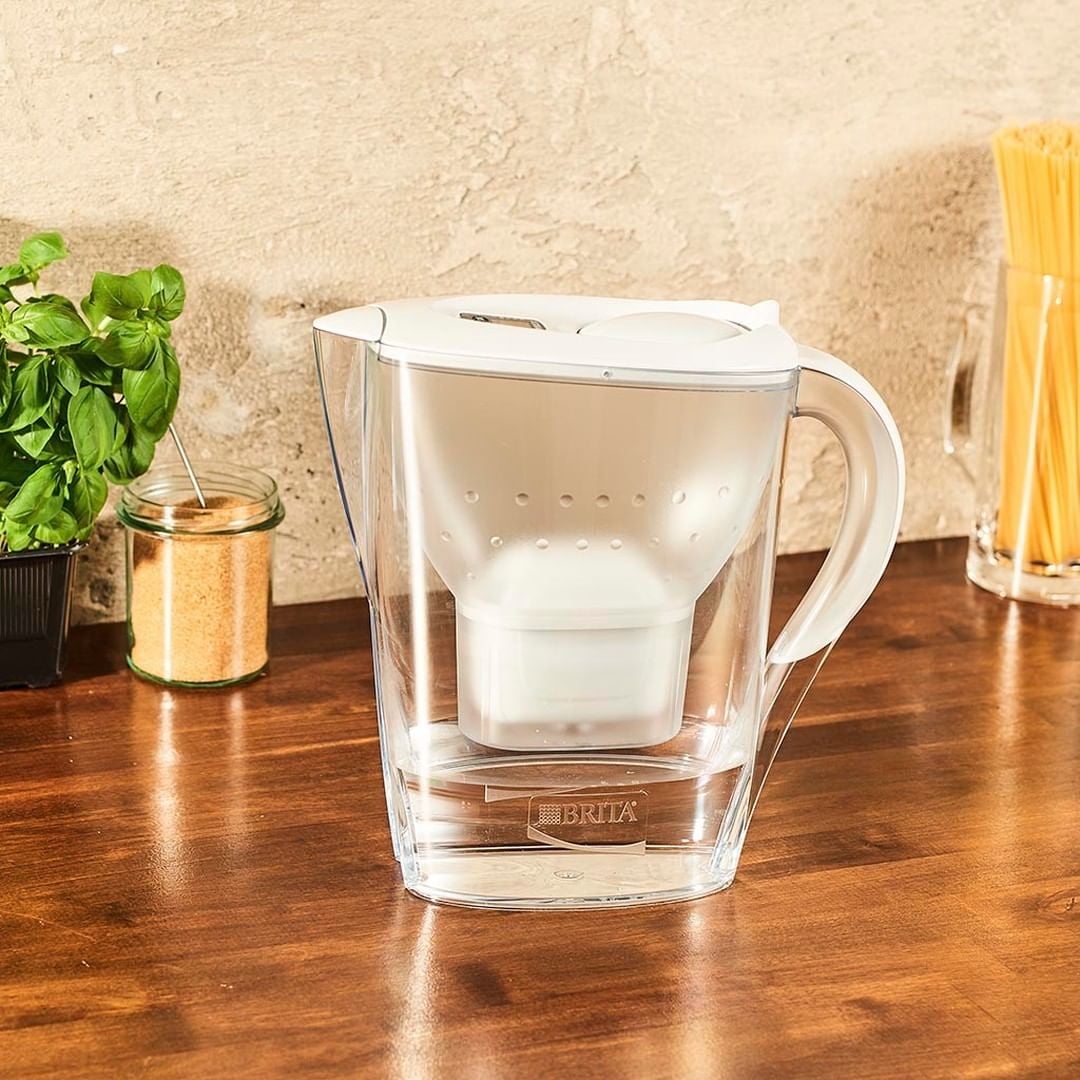
Image credit: @brita.suomi
It’s a known fact that the filters in tap water filters need to be changed every 2-3 months since they’re meant to trap impurities that collect over time. But it’s important not to forget replacing filters inside water jugs too.
We may think that it’s just water that goes through the filter but after prolonged use, chemicals and sediments will build up. This can result in poor flow and water quality.
You should replace your water filter after every 40 gallons of use which should take around 2 months if used regularly. But then again, every water filter is different so check with the brand you’re using on how often you have to replace its filter.
To replace after: 2 months
7. Ice cube trays
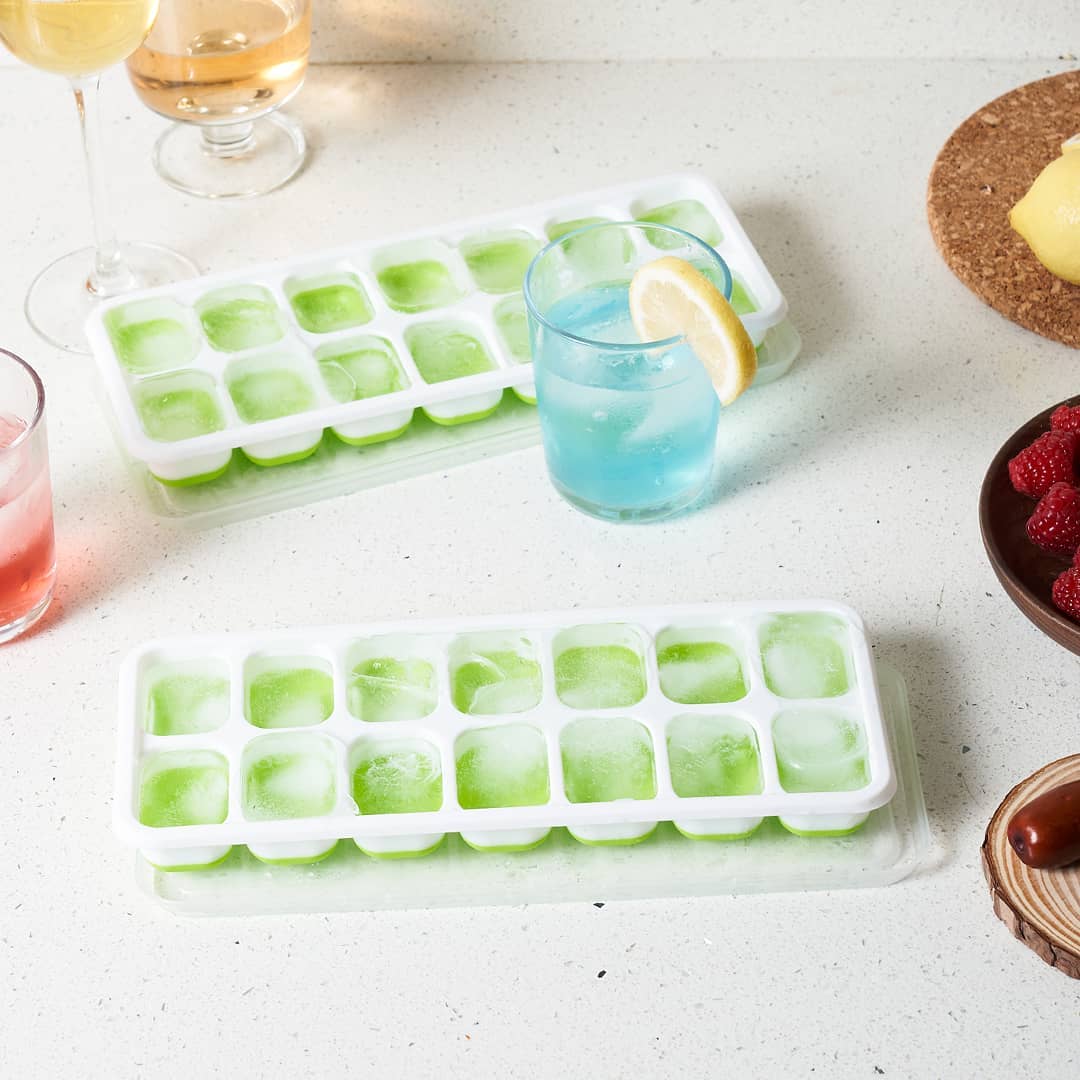
Image credit: @adoriclife
You don’t technically have to replace ice cube trays but it’s something people neglect to clean thoroughly. There’s a common misconception that it doesn’t get dirty since it only comes into contact with water. However, it also shares the same space and circulated air as raw meat and frozen foods which might make your ice smell and taste a little odd if the tray is not cleaned regularly.
There is no guideline on how frequently you should wash an ice cube tray since it’s not a common practice but once a week should do the trick. And to keep your ice from tasting “off”, don’t serve ice that’s more than a week old, and keep fresh batches of ice in an airtight bag instead of leaving them in the tray.
To wash after: 1 week
– Bedroom –
8. Pillows

Image credit: @idasinredning
Unlike partners who come and go, pillows are there for you every night even if you’re a single pringle. But after prolonged nightly use, your pillow absorbs all the hair particles, dead skin, and body oils that you shed, which can attract dust mites. Besides causing skin irritation and breakouts, this can cause more serious problems for those with allergies or asthma.
So it’s important to wash your pillows 2-3 times a year and then replace them after they’ve exceeded their lifespan. Here’s a general guide on the lifespan of pillows from Tuck, based on its material:
- Latex: 3-4 years
- Buckwheat: 3 years
- Feather: 18- 36 months
- Memory foam: 18-36 months
- Down: 2+ years
- Synthetic down/down alternative: 18-24 months
- Polyester: 6-24 months

Image credit: @fluffdesigns
Take this with a pinch of salt though since there are differing opinions on when you should replace your pillows, depending on its brand and quality too. A quick check you can do to see if your pillow is still good is if you fold it in half and it springs back into shape. If it doesn’t, and it has become flat and lumpy, you should probably throw it out.
Continuing to use it can give you poor neck support leading to headaches and stiff necks the next morning. If you can’t bring yourself to throw them out completely, at least switch your sleeping pillow with a new one, and keep your old pillow for other purposes.
To replace after: 6 months-4 years
9. Mattress
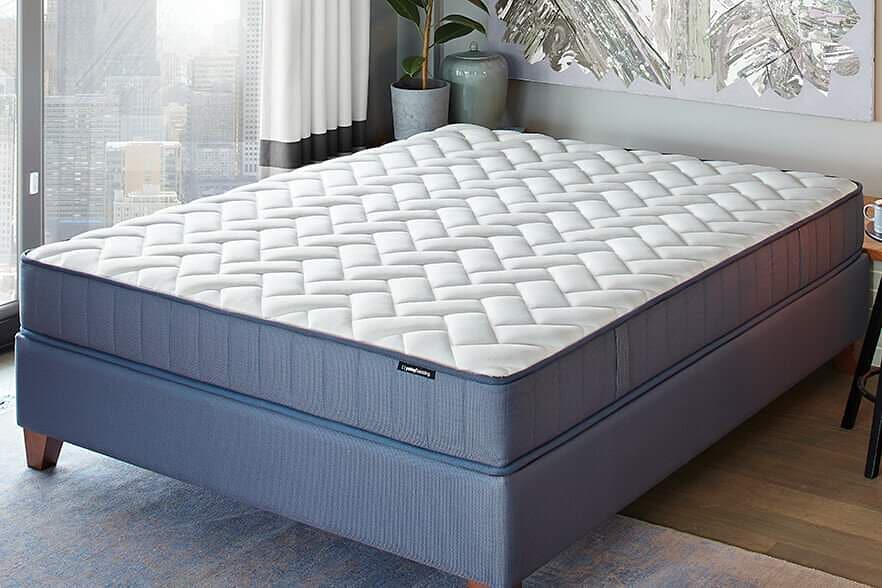
Image credit: @yatasbeddingmagyarors
If you’ve been sleeping on the same mattress for more than a decade, it’s time to go mattress hunting. On top of being the culprit for triggering allergies and respiratory problems, old mattresses with out-of-shape springs can contribute to poor quality sleep and body aches.
The lifespan of mattresses vary but you can take reference from Healthline here based on mattress types:
- Innerspring: 10 years
- Memory foam: 10-15 years
- Latex: 20-25 years
- Hybrid: 6 years
- Waterbed: 5-10 years
You can extend the lifespan by using a mattress protector and flipping it every 3-6 months until you can’t avoid replacing it anymore. Mattresses are one of those household items that are expensive to replace but since you’ll be sleeping in it for many years to come, they’re worthy investments.
To replace after: 6-25 years
– Personal use –
10. Vitamins and medications
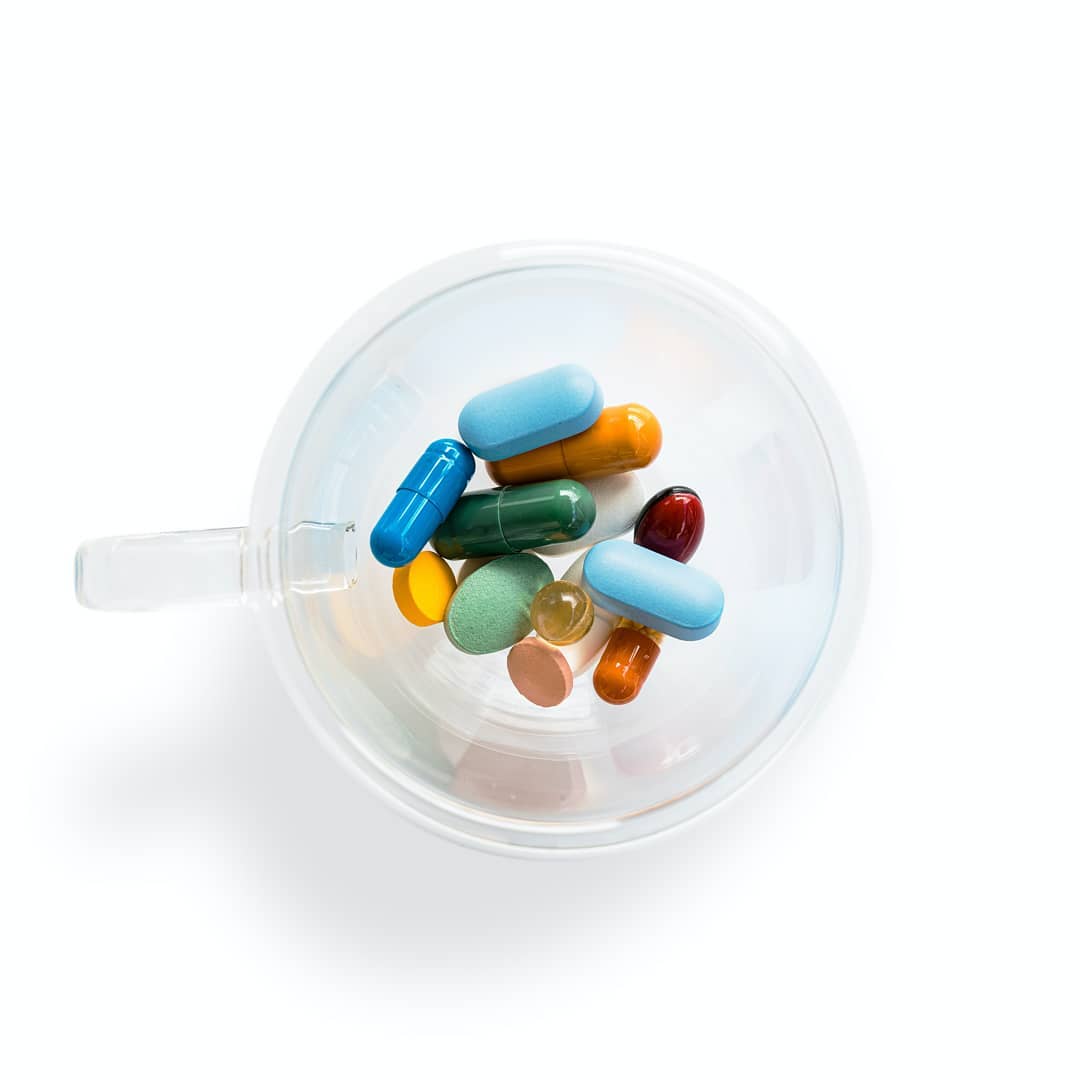
Image credit: @neue.apotheken.illustrie
When we fall sick and get medicine from the doctor, it’s pretty common to have some leftovers that are tucked away in a drawer for future use. It’s usually forgotten for months or even years, until we’re reaching for it when we’re down with the same illnesses as before.
You won’t actually get sick from eating expired medicine like Panadol or vitamins but researchers say they lose some of their potency after they expire. So make sure to check the expiration dates before you start popping pills in case you’ll need a fresh bottle that’s more effective.
To replace after: Specified expiration date
11. Makeup and skincare products
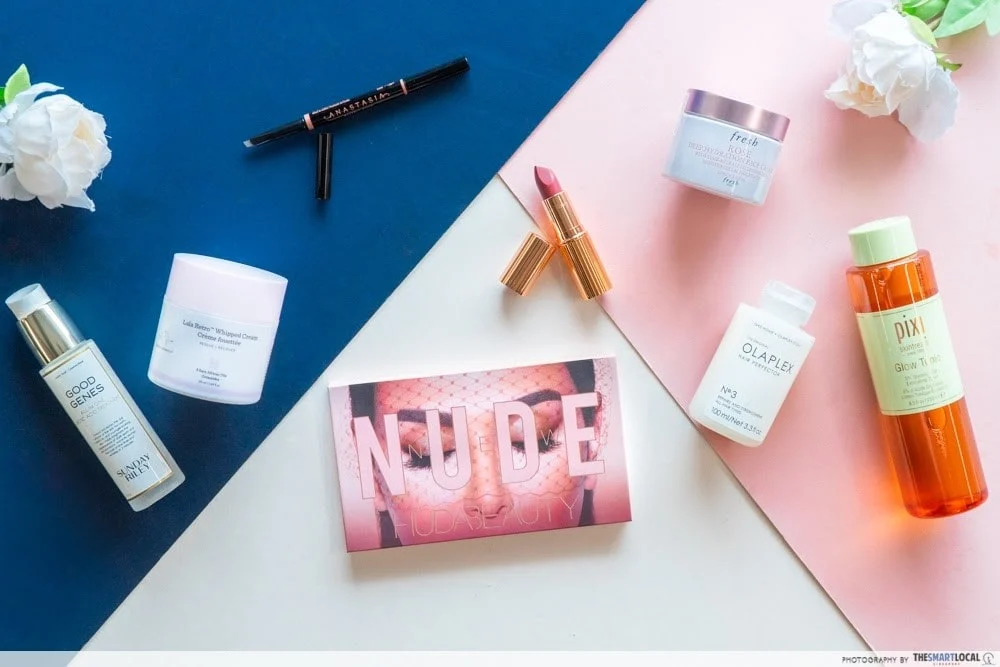
Imagine this: you’ve done one side of your eyeliner but it goes dry before you can do the other side. But bless the gods should you miraculously find an old, half-empty one in your drawer and use it without a second thought. A day or two later, lo and behold, you’re down with an eye infection.
We’re all guilty of continuing to use makeup products way past its shelf life. Understandably, we do this so we can get the most out of what we paid for, but there are trade-offs like irritated skin, breakouts, and infections. This is because these products are also breeding grounds for bacteria, seeing that it frequently comes into contact with your skin.
That said, it’s recommended to throw out your eyeliner and mascara after 3 months; your powders, eyeshadow, blush and bronzer after 2 years; and liquids and creams every year. If you’re unsure, just check the recommended shelf life on the product.
To replace after: Specified expiration dates
12. Water bottles
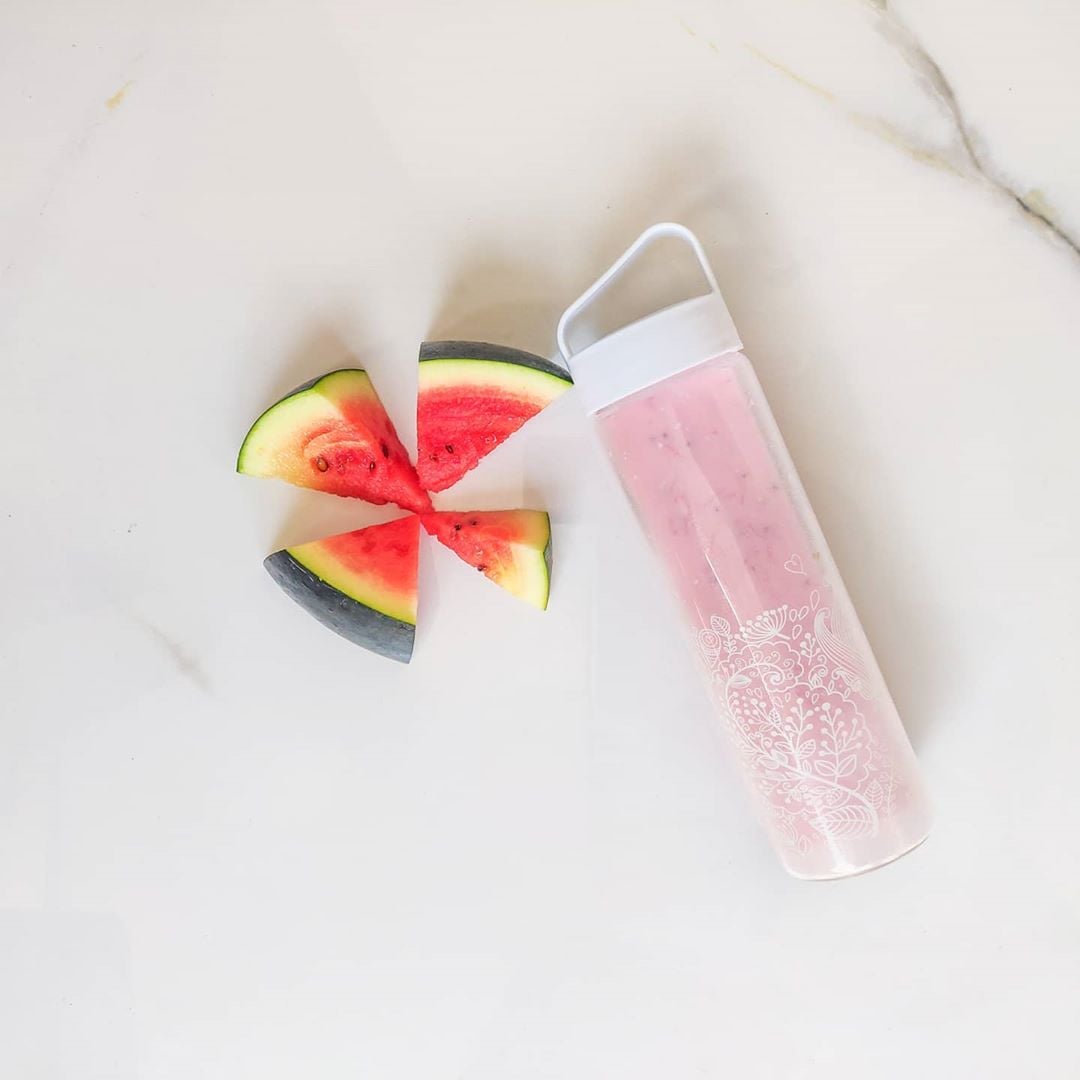
Image credit: @homeandkitchenofficial
Plastic water bottles don’t typically have a lifespan but it’s recommended to retire the ones you frequently use after 1-2 years and maybe even earlier depending on the condition of the bottle. This is because the plastic compounds in the bottles will leach into your water over time even if they’re labelled BPA-free.
You can opt for glass and steel bottles that have a longer lifespan than plastic ones. They can be a little more pricey and heavier to carry – but at least you won’t have to replace it as often. Make sure you wash your bottles frequently too to avoid odours and mildew.
To replace after: 1-2 years
Knowing when to replace household items
With a raging pandemic going on right now, it won’t hurt to do a sweep of household items that are in dire need of replacement. If you never knew that these items needed to be replaced more frequently than you thought, you’re not alone. But now that you have these tips on hand, you can blossom into a household aficionado with a clean and comfy home.
Check out other household items-related articles here: